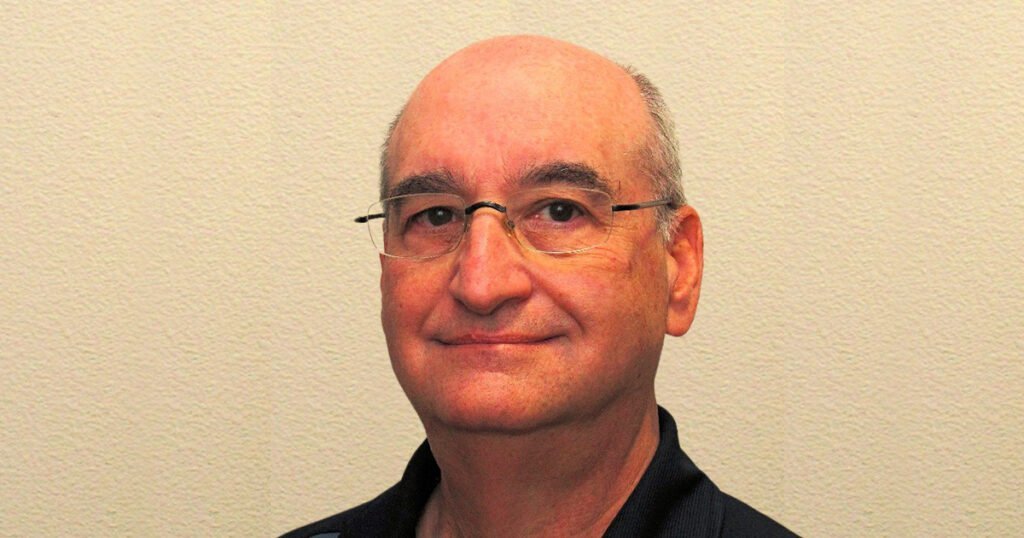FPGA Insights has engaged in an exclusive interview with Steve Leibson, Principal Analyst, Tirias Research, Editor, B2B Technology Marketer, Storyteller, Content Ninja, Evangelist, Engineer, IEEE Senior Member, Poet

Q1) Can you provide an overview of your Organization and the services/products it offers?
Tirias Research is a technology and market research company staffed by engineers with tremendous insight into the electronics industry. We provide advisory services to most of the world’s largest semiconductor companies and foundries. We also publish articles in a variety of publications including Forbes.com, EEJournal, and EETimes.
Q2) Can you explain the benefits of using FPGAs over other types of processors?
If you can solve a hardware-design problem without using FPGAs, by all means do so, because FPGAs are 10x slower, 10x more costly, and consume 10x the power of competing solutions. If you have the time, the NRE budget, and the end-product volumes, design an ASIC. If a microcontroller or microprocessor will do the job, use that. Only use an FPGA to tackle the most difficult, highest-performance applications, and only when you need the solution tomorrow.
Q3) What are the most significant trends observed in the FPGA industry over the past year? How will these trends shape the industry’s future?
While Intel and AMD continued to actively pursue the high-end FPGA markets, both companies have recognized that they’ve ignored the low end for too long and, as a result, they allowed FPGA challengers such as Lattice and Microchip to gain market share at the low end. To compensate, Intel and AMD are now bolstering their low-end FPGA product lines.
Q4) How do you see FPGA development evolving to meet the demands of modern applications and complex workloads?
Intel and AMD are emphasizing new, high-performance I/O capabilities in their FPGAs. These portions of a hardware design are best implemented as hard IP, even in an FPGA. Increasingly, this hard IP is realized as a chipset that’s incorporated into the same package as an FPGA semiconductor die. This approach allows FPGA vendors to more quickly expand the product offerings in their FPGA families.
Q5) Key drivers behind the increasing adoption of FPGAs in various applications and industries?
Small-volume, leading-edge applications with daunting performance requirements are the ideal candidates for FPGAs. Such applications include test and measurement, military/aerospace, and the newest high-speed networking protocols. The large FPGA vendors including Intel and AMD try to provide the newest, fastest I/O capabilities first, so their FPGAs will be chosen to chart new paths in these areas.
Q6) Sectors that stand to benefit the most from FPGA integration, and why?
Whenever an application needs many tasks to be performed quickly and in parallel, FPGAs are great candidates. Once algorithmic standardization arrives for those applications, semiconductor vendors are quick to design and manufacture tailored SOCs and ASSPs that will do the task just as quickly, at lower power, and with less cost. AI is a perfect example of this trend. FPGAs were used initially, but once standardized models appeared, GPUs and tensor blocks became the preferred implementation technology. Sectors on the leading or bleeding edge need FPGAs to blaze the trail. FPGAs are like army scouts in the Old West in the United States. They find paths to new locations. Once the terrain is scouted, however, the scouts lose out and are no longer needed.
Q7) The role of FPGAs in accelerating AI applications and advancements expected in the near future.
FPGAs have pretty much lost out in the AI world because the techniques have become more standardized. Neither Intel nor AMD talk about FPGAs in connection with AI anymore, and Nvidia never did. FPGAs were used to blaze the trails for AI applications, but once standardization reaches an application area, FPGAs must move on to the next frontier.
Q8) Ensuring the security and integrity of FPGA designs, especially in sensitive applications like finance and defense.
Security is a cat-and-mouse game. FPGA developers incorporate secure modes into their silicon, such as cryptography and PUFs (physically unclonable functions), and then bad actors try to find ways to break that security. Every client, especially those developing military projects, will have a preferred security protocol. Use the preferred protocol, or risk having your design tossed out.
Q9) Advice for students and professionals interested in pursuing a career in FPGA development to stay updated with the latest trends and technologies.
Do not become an FPGA development engineer. Become a hardware designer. FPGAs are an implementation technology. They are a means to an end, not the end itself. Learn Verilog and VHDL so that you can develop hardware anywhere in the world, for any type of implementation technology. Learn higher-level design languages such as C for synthesis and Matlab. Most of all, learn to think in parallel. Software developers tend to have a mindset that mirrors a processor: step-by-step instruction execution. That mindset hampers FPGA-based development. Hardware in general and FPGAs specifically can work in a step-by-step fashion, but they’re far better and far more useful when executing dozens, hundreds, or thousands of algorithmic steps in parallel. Learn to think that way.












